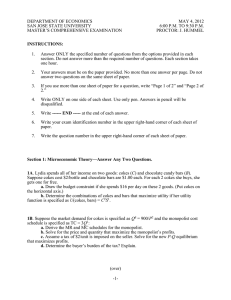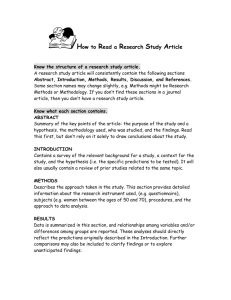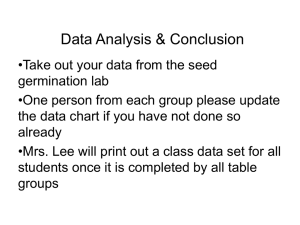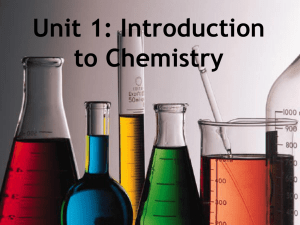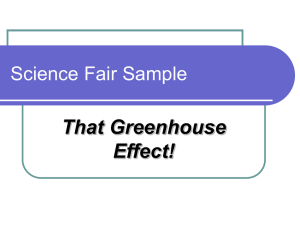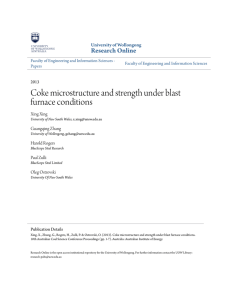How to Write a Lab Analysis and Conclusion
advertisement
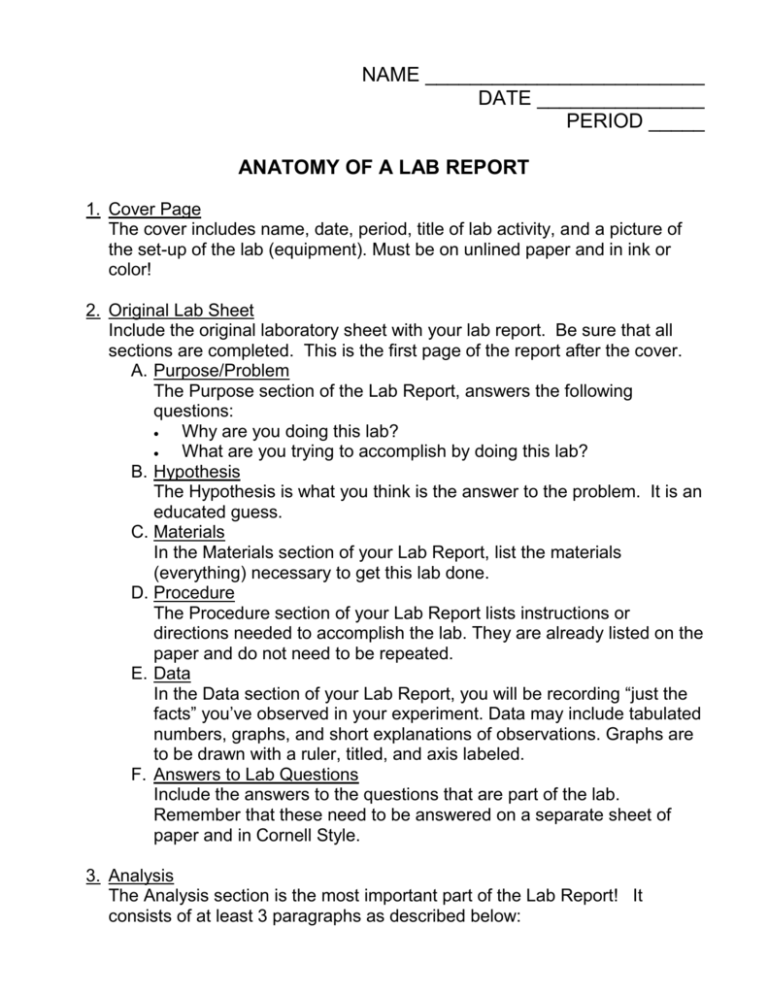
NAME _________________________ DATE _______________ PERIOD _____ ANATOMY OF A LAB REPORT 1. Cover Page The cover includes name, date, period, title of lab activity, and a picture of the set-up of the lab (equipment). Must be on unlined paper and in ink or color! 2. Original Lab Sheet Include the original laboratory sheet with your lab report. Be sure that all sections are completed. This is the first page of the report after the cover. A. Purpose/Problem The Purpose section of the Lab Report, answers the following questions: Why are you doing this lab? What are you trying to accomplish by doing this lab? B. Hypothesis The Hypothesis is what you think is the answer to the problem. It is an educated guess. C. Materials In the Materials section of your Lab Report, list the materials (everything) necessary to get this lab done. D. Procedure The Procedure section of your Lab Report lists instructions or directions needed to accomplish the lab. They are already listed on the paper and do not need to be repeated. E. Data In the Data section of your Lab Report, you will be recording “just the facts” you’ve observed in your experiment. Data may include tabulated numbers, graphs, and short explanations of observations. Graphs are to be drawn with a ruler, titled, and axis labeled. F. Answers to Lab Questions Include the answers to the questions that are part of the lab. Remember that these need to be answered on a separate sheet of paper and in Cornell Style. 3. Analysis The Analysis section is the most important part of the Lab Report! It consists of at least 3 paragraphs as described below: A. HOW TO WRITE A LAB ANALYSIS AND CONCLUSION INTRODUCTION SECTION (1ST Paragraph) INTRODUCE BACKGROUND INFORMATION OF LAB Include any background information that will help the reader understand the science concepts that will be important for this lab. You may need to briefly describe the equipment or the way the materials were set-up in order to explain how the lab was done or how the hypothesis was tested. STATE THE PROBLEM OR OBJECTIVE What were we trying to find out? (see problem/objective section of lab) STATE YOUR HYPOTHESIS (in an essay this would be your thesis statement) This is the final sentence of the first introductory paragraph. ANALYSIS SECTION (State and explain the results) STATE ALL THE RESULTS OF THE EXPERIMENT (2nd paragraph) For each result state a supporting fact(s) from the data. For example: All coke cans with sugar sank in water. Classic Coke and CaffeineFree coke have sugar and they sank. All cans with Nutra-sweet floated. Diet coke and Caffeine-free diet coke have nutra-sweet and they floated. Caffeine made no difference in whether cokes sank or floated. Caffeine-free coke sank, but Diet Caffeine-free coke floated. ANALYZE OR EXPLAIN EACH RESULT (may be 3RD or 3rd & 4th paragraphs) Write one paragraph for each main result you explain Use the right resources to explain the results. Use the background information of the lab, notes taken in class, answers to the lab questions and your textbook. For example: All cokes with sugar sank because their density was greater than 1.0 g/ml. All cokes with nutra-sweet floated because their density was less than 1.0 g/ml. There is a greater mass of sugar needed to sweeten cokes than the mass of nutra-sweet. Therefore cokes with sugar had a greater mass in the same amount of volume as the cokes with nutra-sweet. More mass in the same volume results in a greater density. Since the density of water is 1.0 g/ml and all cokes with sugar had a density greater than 1.0 g/ml they sank in water. (continue with additional paragraph to explain why caffeine had no effect) CONCLUSION SECTION (last paragraph) SUMMARIZE WHAT YOU LEARNED Restate in a few sentences the main results and your explanation of the results. Explain any errors in your data. If there were any errors hypothesize about what might have caused them. Hypothesis correct or not? A simple statement of fact. What did you learn from this lab or what additional question would you want to investigate further? Make a statement about what you discovered or what additional experiment would you like to do to answer a related question. TAKE IT A STEP FURTHER Describe how the main idea of this experiment applies to understanding other areas of science or use other concepts in science to discuss the results of this experiment. Your teacher may give you some suggestions for a topic. You will probably need to do some research here. Instead, you may relate the subject of this lab to a personal experience in your life. How does what you learned from this lab help explain that experience? OR (This section determines the difference between an "A" and "A+" lab. One or 2 sentences do not qualify as a “step further.” It must be a full 5-8-sentence paragraph that goes “above and beyond” the expectations.) Note to students: An “analysis and conclusion” section of a lab write-up is used to communicate the results of a science experiment in a way that is clear and understandable. It provides introductory information so the reader understands what is being tested and why. It clearly states all the results of the lab and attempts to explain the results. Finally, a concluding statement is made that summarizes the main results of the lab and states whether the experimental hypothesis was correct or not. This section of the lab write-up is very similar to the structure that is used to write a 5-paragraph essay in your writing class. Like an essay, an “analysis and conclusion” includes an introduction section, a main body, and a conclusion.

